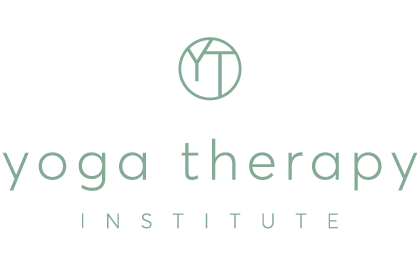How to Remedy chronic Musculo-skeletal Issues: Tips from internationally acclaimed neuro-muscular skeletal physiotherapist and Australian Yoga Therapy Conference presenter, Josephine Key.
Josephine Key is an internationally acclaimed neuro-muscular skeletal physiotherapist. She has published and presented her work in international peer reviewed journals, conferences and workshops. She is the author of the text book ‘Back Pain: A movement problem’. She has developed ‘The Key Moves ® therapeutic exercise program’ which provides a progressive series of exercises to help retrain movement patterns in people with musculo-skeletal pain.
There is a lot that Yoga teachers and therapists can learn from her approach, particularly when working with students with chronic musculo-skeletal issues. (I love her approach and have been attending classes at her centre for many years. – Trina)
Dysfunctional movement patterns may develop as a strategic response by the body to experiences such as stress, defence and injury. For example, a limp may be adopted when a leg has been broken to avoid putting too much force through the leg. Sometimes a pattern will remain in place for longer than we expect or want because it still serves a purpose – so even though the broken leg may have healed, a limp may remain for many months afterwards as the bone continues to remodel and strengthen. However, sometimes these patterns remain in place long after their usefulness has ceased as they become habituated in the body, often to the extent that they begin to feel ‘normal’.
If a dysfunctional movement pattern is still a useful strategy for the body it may be counter-productive to try and change it, but if the pattern is simply habitual and costly to the musculo-skeletal health and well-being of the person, then change is desirable and possible. However this type of change usually occurs at the level of the brain (central nervous – sensori-motor system) which is further reflected in altered function at the level of the musculo-skeletal system (joints and muscles), which is why hands-on therapies may not result in long-term changes.
Re-educating the brain-body requires re-calibration of the kinesthetic/proprioception sense and many of the techniques used can be incorporated into a yoga therapy session or asana-based class:
• Develop the sense of feel: You cannot change what you cannot feel. Oftentimes your client/student may be confused by what they feel but this can be very positive because it is the start of re-awakening and change.
• Establish a baseline: Establishing a baseline of awareness means that your student can check the effectiveness of a technique. For example, if you are working on the spine, before you begin, lie flat on the floor and notice what is present. Then after the intervention, return to this baseline and ask your student to notice what, if any changes have occurred.
• Bring the brain to the movement: It can be more useful for a person to work out a movement for themselves because when they are passively adjusted there is little involvement of the motor sensory cortex. Again there may be confusion present – ‘I don’t know how to do what you’re asking’. Perhaps allow your student sit with it to work it out for themselves.
• Use movement that is deliberately slow: Rushing through movements does not give the body-mind enough time to make the necessary connections and recognition, and it does not allow a person time to register what they are feeling.
• Use movement that is simplified: Complex movements can allow too many opportunities for the body to compensate and again makes it difficult to register exactly what is happening. When very simple movements are used strengths and weaknesses become very obvious and the felt sense can develop more easily.
• Completely relax at the end of each practice: Allow time for the body-mind to register and make changes before moving onto the next practice.
• Personalise the experience: Just because a technique works in theory doesn’t mean it works for everybody. Don’t be afraid to change things that don’t appear to work well for your student.
Learn More
Module 3 of our Yoga for Chronic Diseases Workshop explores the Physical Support Tissues in the Body.
- Including bone remodelling as we age, changes in ligaments and tendons, muscles and fascia
- Common associated chronic disease: – osteoporosis; sarcopenia; vertebral fractures.
This module is part of our 8-Part Online Workshop Series and will run on Saturday 23 April 2022. Find out more HERE>
